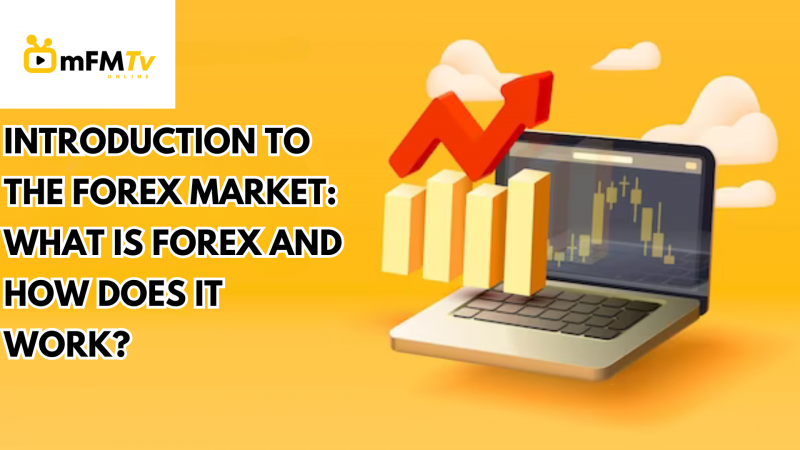Forex, short for “foreign exchange,” refers to the global marketplace for buying and selling currencies. It is the largest and most liquid financial market in the world, where participants trade currencies from various countries. The Forex market is crucial for facilitating international trade and investment and serves as a mechanism for determining exchange rates between different currencies. Here’s an introduction to the Forex market and how it works:
Currency Pairs:
In the Forex market, currencies are quoted in pairs, such as EUR/USD or GBP/JPY. The first currency in the pair is the base currency, and the second is the quote currency. The exchange rate tells you how much of the quote currency is needed to purchase one unit of the base currency.
Market Participants:
The Forex market is decentralized and consists of various participants, including banks, financial institutions, corporations, governments, central banks, and individual traders. These participants trade for various purposes, such as hedging against currency risk or speculating on currency price movements.
Trading Hours:
Unlike stock markets, the Forex market operates 24 hours a day, five days a week, due to its global nature. It begins in Asia and moves through Europe and North America as the day progresses. This continuous operation allows traders from all over the world to participate at their convenience.
Leverage:
Forex trading often involves the use of leverage, which allows traders to control a larger position with a relatively small amount of capital. While leverage can amplify profits, it also increases the potential for losses, making risk management essential.
Advanced Text Block
Qubely blocks is added to the Gutenberg editor as soon as you install the plugin. You can start using it as any other Gutenberg block. Add ready blocks using the plus sign where you’ll find a new section of blocks under the Qubely icon.
Market Analysis:
Traders use two primary methods for analyzing the Forex market: fundamental analysis and technical analysis. Fundamental analysis involves studying economic, political, and geopolitical factors that can influence currency values. Technical analysis, on the other hand, focuses on historical price charts and patterns to predict future price movements.

Order Types:
Traders can place various types of orders in the Forex market, including market orders, limit orders, stop orders, and more. These orders allow traders to control the timing and price at which they enter or exit trades.
Currency Pairs and Volatility:
Different currency pairs exhibit varying levels of volatility. Major pairs, like EUR/USD and USD/JPY, tend to be more liquid and less volatile, while exotic pairs, like USD/TRY or EUR/THB, can be highly volatile due to lower liquidity.
Risk Management:
Risk management is critical in Forex trading. Traders use strategies like setting stop-loss and take-profit orders to limit potential losses and protect profits. It’s essential to have a well-defined risk management plan in place.
Brokers:
Retail traders typically access the Forex market through brokers. Choosing a reputable broker is crucial, as they provide the trading platform, execute orders, and offer various trading tools and resources.
Regulation:
Forex markets are regulated in many countries to ensure fair and transparent trading practices. It’s important to work with a broker that is regulated by a relevant financial authority to protect your investments.
In summary, the Forex market is a vast and decentralized marketplace for trading currencies, where participants exchange one currency for another with the aim of making a profit. It operates around the clock, offers high liquidity, and provides various opportunities for traders, but it also carries significant risks. Successful Forex trading requires a solid understanding of market dynamics, sound risk management, and a well-thought-out trading strategy.



